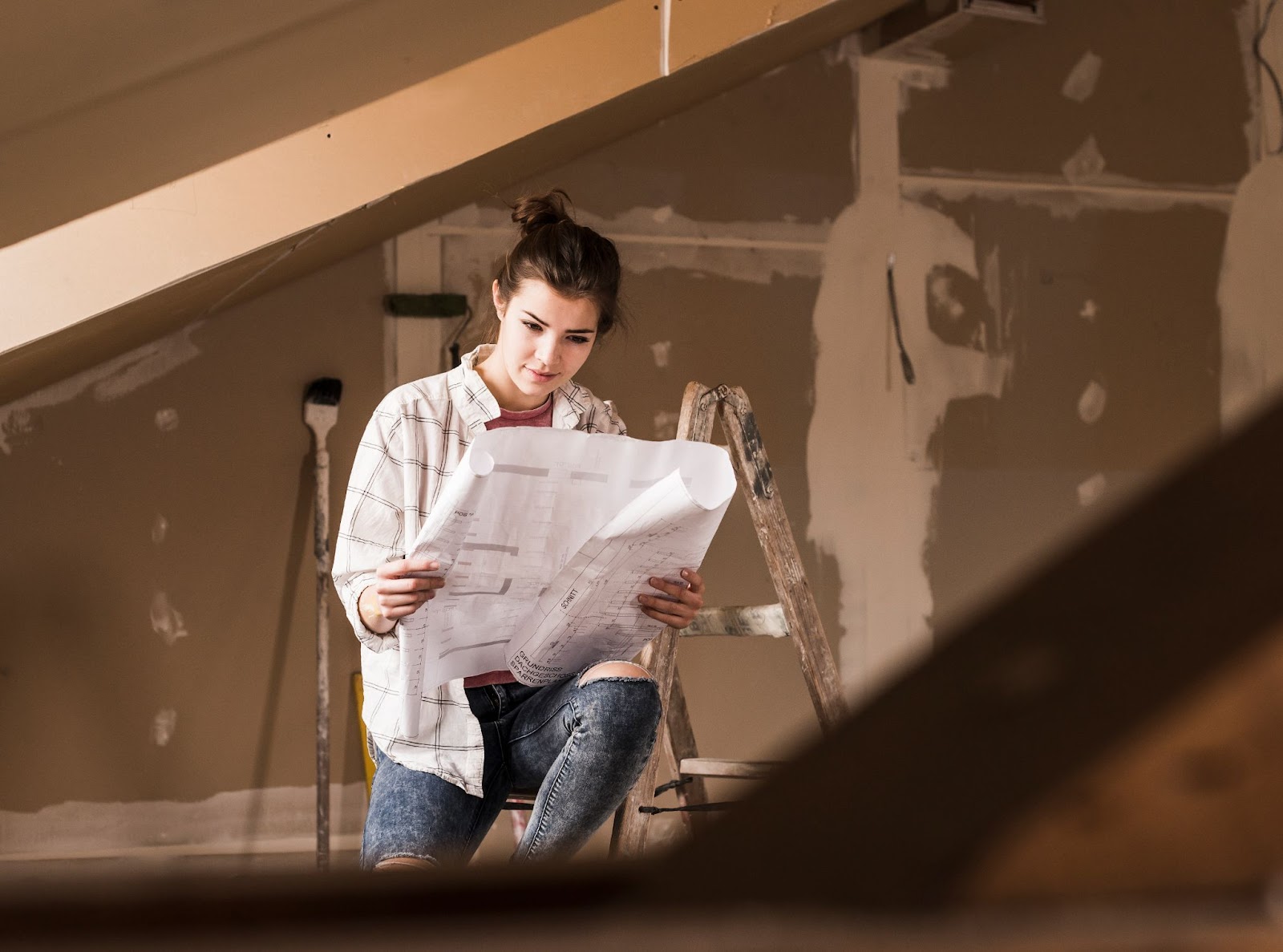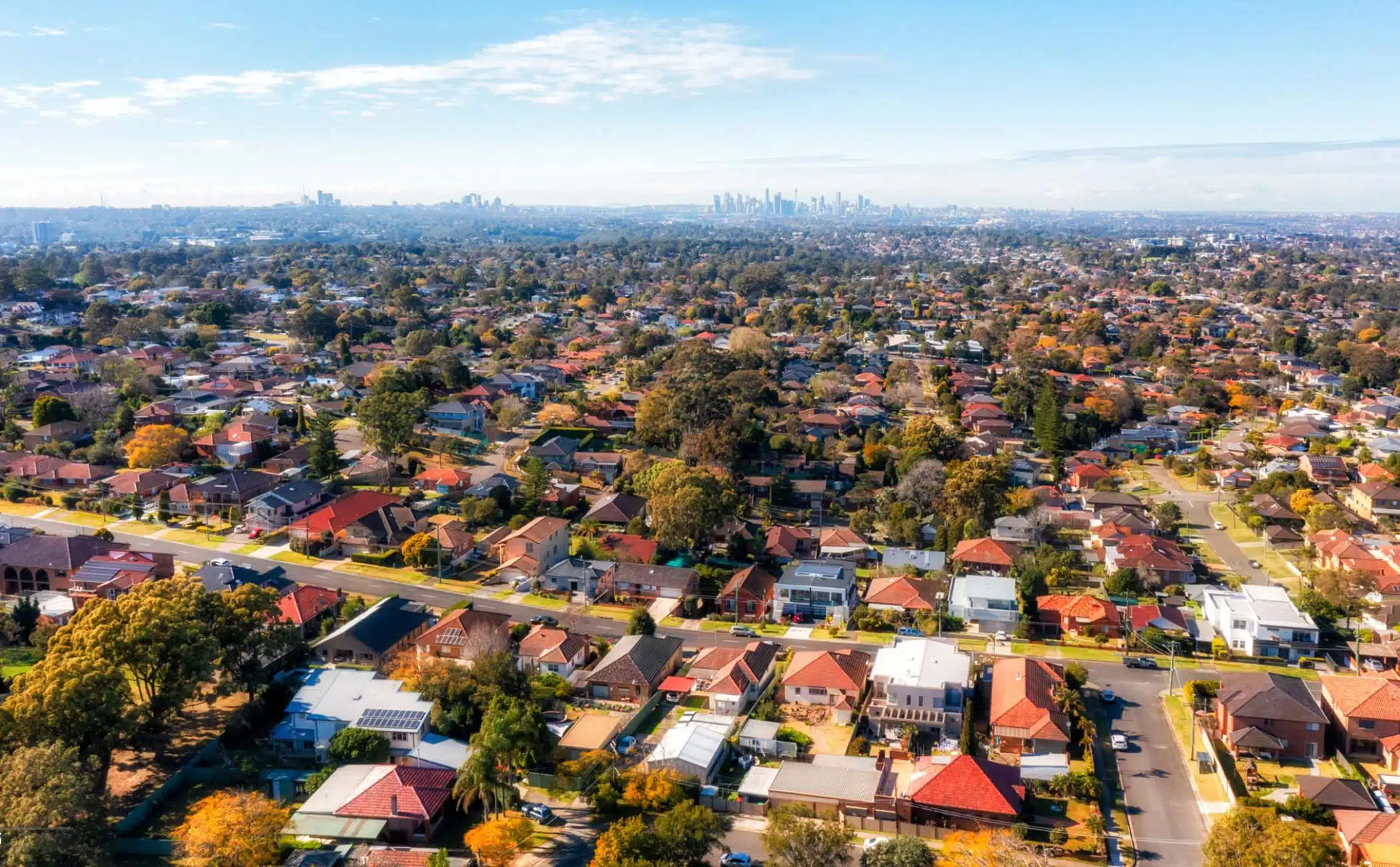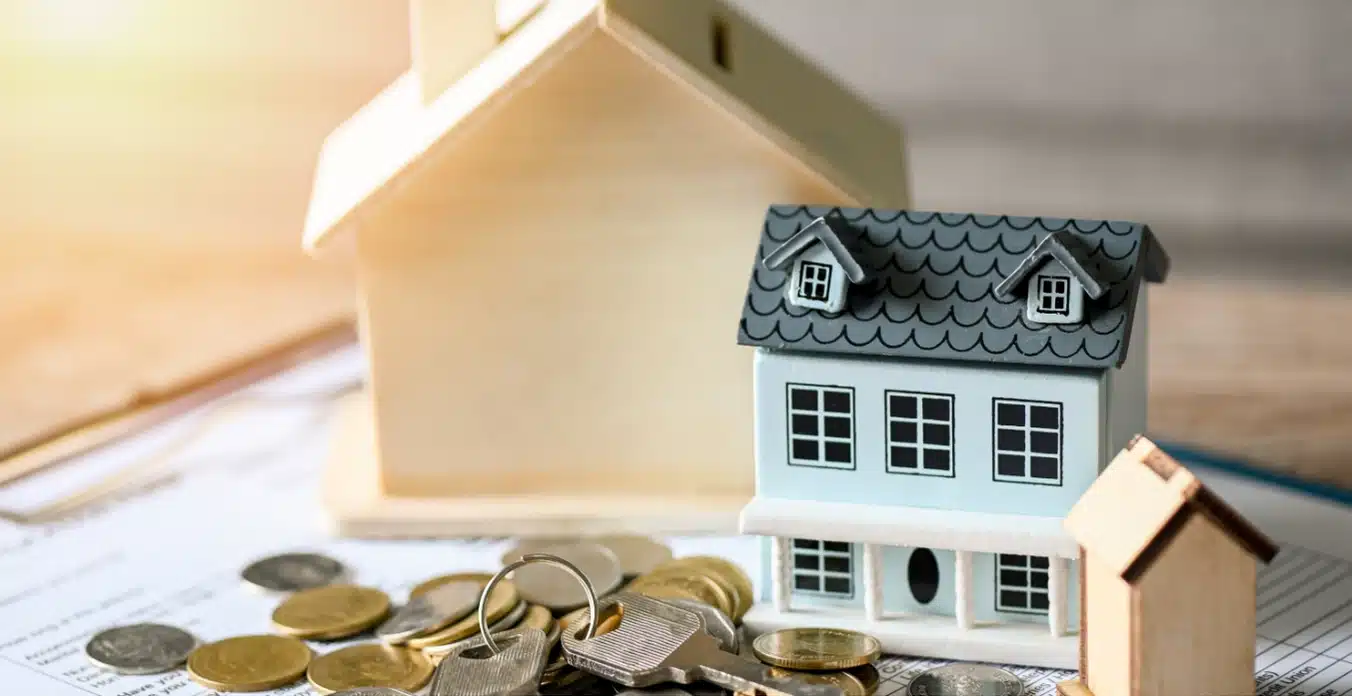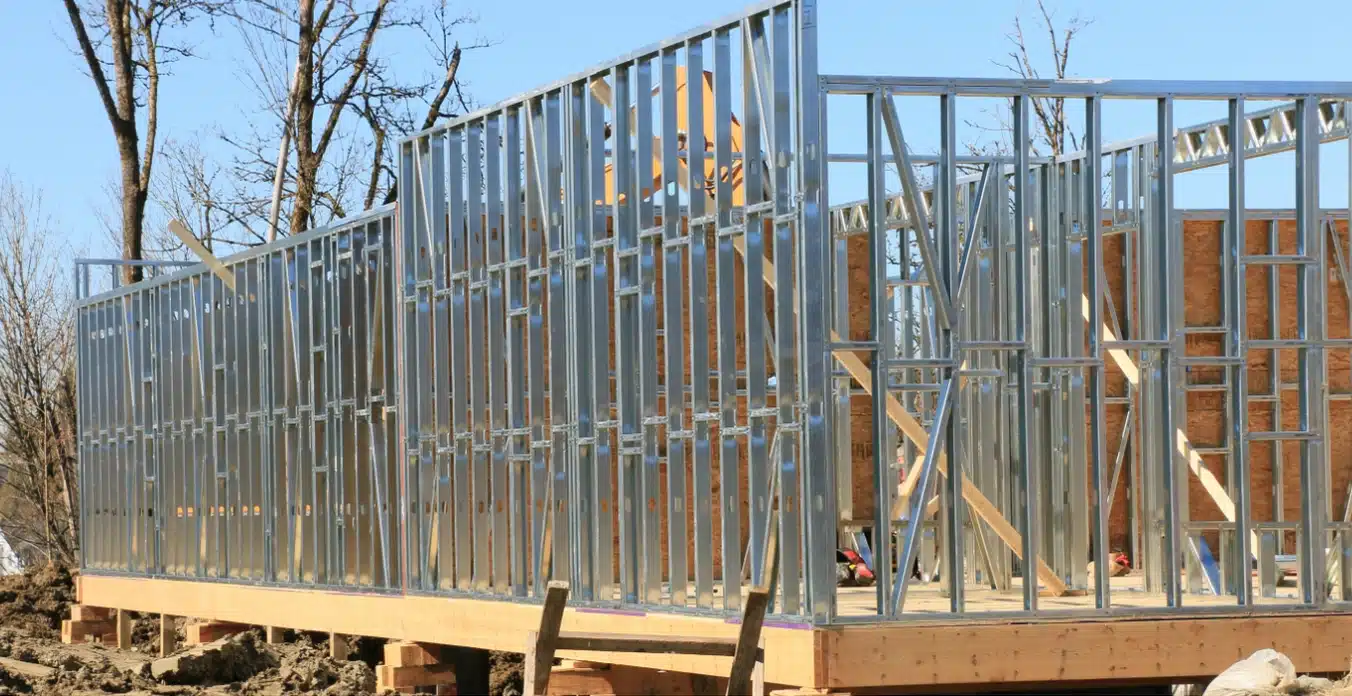Melbourne’s domestic market continues behind the rest of Australia, with house prices rising only 0.4% last month and 1.2% in the past three months, CoreLogic’s latest statistics indicate. Property prices across the country rose to all-time highs, paced by areas like Brisbane and Perth.
By contrast, Melbourne home prices are 1.2% lower than a year ago, making the city one of the worst-performing capitals over the past 12 months. The median house price is $791,303, the second lowest capital behind Darwin, CoreLogic’s June Home Value Index reports.
Melbourne’s market is seeing the first signs of recovery, CoreLogic’s director of research believes, but growth remains circumscribed by high levels of stock on hand and patchy demand, this month’s housing summary reports.
Brisbane recorded 7.1% year-on-year growth, while Perth rose 8.6%, fueled by a reduced housing stock and improved interstate migration conditions still yet to be shared equally by Melbourne.
Interest Rates Spark Renewed Optimism
The Reserve Bank’s rate cuts are already filtering into the market. In its June 2025 housing update, property firm FutureRent highlighted increased enquiry levels from first-home buyers in Melbourne’s growth corridors, thanks to improved borrowing power.
Adding to this, Melbourne is forecast to add more than 140,000 residents per year by 2027. This migration-driven demand is expected to put upward pressure on prices, especially in the city’s outer suburbs.
Tax Policy Turns Off Investors
Despite positive demographic indicators, Melbourne continues to lose ground with investors due to state-based tax changes. According to recent commentary, many investors are “actively avoiding Melbourne due to land tax hikes and weaker yields”, instead preferring Brisbane and Adelaide, where rental returns are stronger and policies are more favourable.
These tax disincentives, combined with stricter planning laws, have made Melbourne less attractive for those looking to build or invest in multi-unit housing.
2026 Could Be the Turning Point
Despite current softness, projections remain upbeat for the medium term. Melbourne house prices are expected to rise by as much as 6% over the 2025–26 financial year, potentially pushing the median house price past $1.1 million.
“Melbourne will benefit from improved affordability relative to Sydney and from renewed demand for medium-density housing”, according to Domain’s head of economics, particularly in well-connected inner and middle-ring suburbs.
Suburb Performance: Winners and Losers
Some areas are already outpacing the broader market. Suburbs such as Werribee, Melton South, and Craigieburn posted quarterly gains of up to 2.2%, thanks to a mix of affordability and infrastructure access, as shown in the latest suburb-level CoreLogic data.
However, apartment-heavy precincts like Southbank and Docklands remain under pressure, with vacancy rates still elevated and price growth flat or negative.
Conclusion
While Melbourne’s housing market hasn’t kept up with the nation’s rapid growth, the foundations for a recovery are starting to take shape. Falling interest rates, population growth and affordability relative to Sydney may yet restore momentum, but policy settings and investor sentiment will be critical in determining whether the city catches up or continues to trail.








